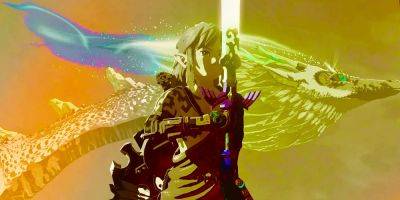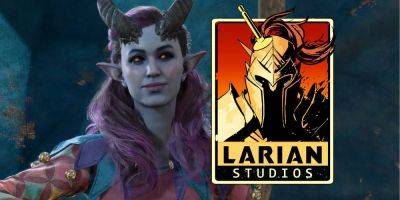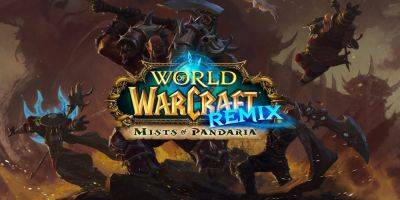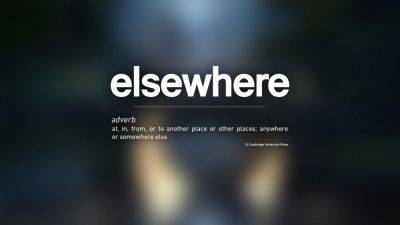D&D’s New Player’s Handbook Is Still Handling Two Subclasses Completely Wrong
The upcoming 2024 revision to the will feature multiple psionic-powered subclasses, but these largely strip away the unique feeling of having psychics in a heroic fantasy game. Including both psychic powers and magical spells may seem like an odd break from genre convention, but this pairing has been present since the very earliest editions of the game. In worlds full of gods and wizards, psionics still felt strange, and this was by design. Funneling the entire concept of psychic powers into a select few subclasses robs psionics of its weirdness, making less interesting overall.
Given the prominence of Mind Flayers in the story, more fans are aware that psionics is a key element of the game's history.
Some of the original inspirations for include comics and sword and sorcery novels of the era, and many of these strange influences have had as much impact on the game as the obvious works of Tolkien. Early adventure modules sometimes featured high-tech elements alongside fantasy genre staples.Psionic powers were present in the original version of in the supplement, where human characters of most classes received a percentage chance of having some psychic power in addition to their other martial and magical abilities. First edition retained this approach to psychic characters.
During the long lifecycle of 2e was released, which made Psionicist its own distinct class, instead of having psychic powers exist solely because of lucky rolls at character creation. The Psionicist did now follow the Jack Vance-inspired spell slot model of conventional spellcasters, instead relying on a point-based system to power their abilities. Third edition and its 3.5 revision followed this model and added additional psychic classes like the Psychic Warrior and the Ardent. Fourth edition adopted a uniform power system across all classes but kept psionics as a distinct source of power.
In 5e Monks have many subclasses reflecting different styles of martial arts, and Ki is the resource







